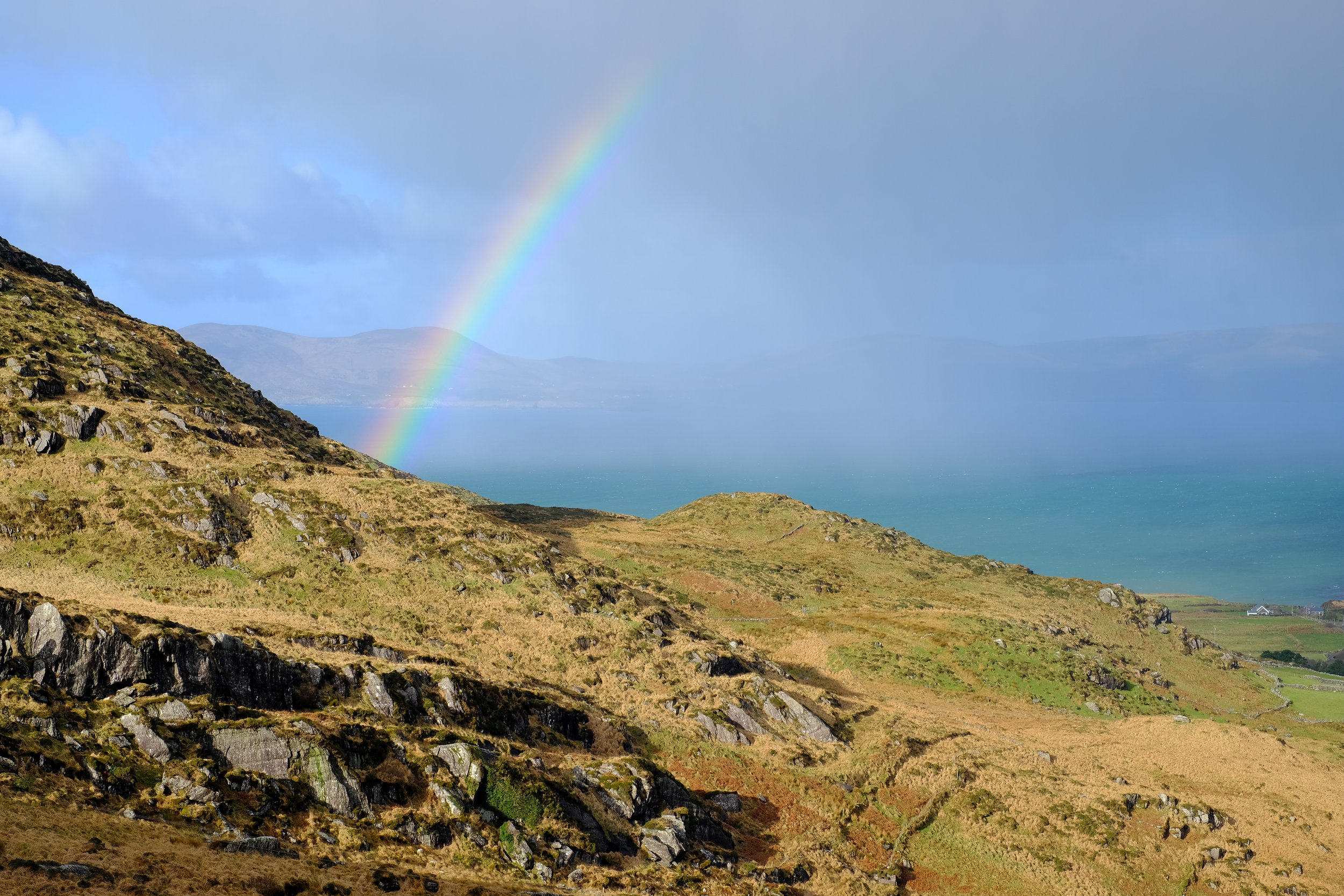
LIVE aimed to enable coastal communities to promote their natural and cultural assets, creating opportunities for sustainable tourism, especially outside of the traditional peak tourist seasons.
What is LIVE?
What is LIVE?
LIVE was a collaboration between Welsh and Irish community organisations, academic departments and local governments. LIVE aimed to enable coastal communities to promote their natural and cultural assets, thereby creating opportunities for sustainable tourism, especially outside of the traditional peak tourist seasons.
LIVE used the Ecomuseum model of co-operative marketing to create a powerful suite of digital and non-digital resources for eco and educational tourism. These resources were underpinned by knowledge of the local environments of the Llŷn Peninsula in Gwynedd and the Iveragh peninsula in Kerry.
The project facilitated workshops, education programmes and knowledge exchange sessions to build a cohort of active Ecomuseum ambassadors and citizen scientists on both peninsulas who are skilled in digital marketing and engaged with their local environments and heritage.
LIVE built on work already underway to create a strong identity and sense of place for both peninsulas. LIVE was part funded by the Ireland Wales co-operation programme 2014-2020.
The LIVE project collaboration was led by University College Cork and included Bangor University, Cyngor Gwynedd, the National Trust, Kerry County Council, and South Kerry Development Partnership CLG. It was a cross-border collaboration.
About LIVE
LIVE facilitated the development of high-quality, sustainable tourism products underpinned by new and existing knowledge of the natural environment of each location.
This information was gathered by the partner universities and communities based on themes of interest to residents and visitors and by identifying gaps in existing environmental knowledge. The products could include new or enhanced environmental experiences, citizen science and nature spotting initiatives, or itineraries based on points of environmental interest. These will be brought together within one brand that will provide a strong identity for each region.
Why ‘Ecomuseum’?
LIVE employed the Ecomuseum model of community-based co-operative branding of the natural assets of a place.
While the Ecomuseum model was new for the Iveragh peninsula, it linked into and built on many existing community initiatives. The Ecoamgueddfa was already in operation in Wales, but LIVE enhanced this by adding a new focus on natural heritage to complement their existing cultural heritage offerings. By adopting the Ecomuseum concept, LIVE aligned itself with a diverse international community of tourism projects that focus on bottom-up, regenerative and community-led initiatives that all have the intention of developing a strong identity for destinations that they can use to attract engaged tourists who will stay and spend locally.
LIVE was part funded by the Ireland Wales cooperation programme and ran for 3 years (2020-2023). The legacy of the project is an inclusive, collaborative way of working that capitalises on existing assets and works towards a healthy environment and thriving communities in each region. It allowed each community to develop its own distinct identity and to extend its tourist season without compromising on environmental sustainability or the well-being of residents.
The LIVE Way of Working
LIVE (Llŷn Iveragh Ecomuseum) was cross-border partnership that aimed to develop a new Ecomuseum in Iveragh and to expand of the Llŷn Ecoamgueddfa. It aimed to enable Pen Llŷn and Iveragh to be homes and destinations, providing opportunities for the communities today and in the future to prosper in their own locale on their own terms whilst enriching the visitor experience, and moving away from ‘extractive’ tourism.

Ecomuseums
There is an active network of ecomuseums around Europe. There is no firm set of criteria for what an ecomuseum should look like - it is always based on the characteristics of a place and its community. During the LIVE project, the team collaborated closely with the Ecoamgueddfa in Wales. We also connected with the Skye Ecomuseum and the Cateran Ecomuseum in Scotland, as well as many others around Europe to share experiences and knowledge.



